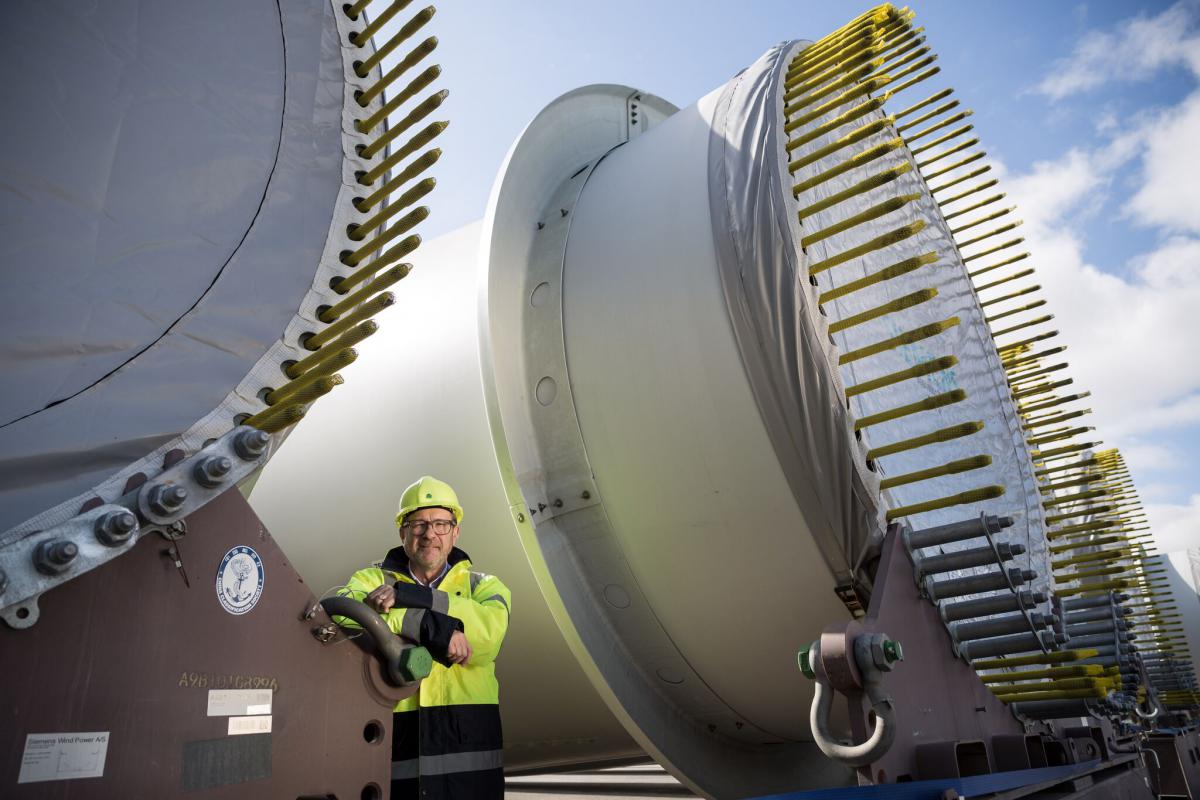In Search of Just Transition: Examples From Around the World
What is a just transition? Essentially, it’s a balancing act.
What is a just transition? Essentially, it’s a balancing act.
From an environmental perspective, we know we need cleaner energy to meet Paris Agreement goals and avoid the most catastrophic effects of climate change. From an economic perspective, those cleaner energy options are consistently dropping in price, making them increasingly more attractive than fossil fuels (e.g., solar energy prices have fallen more than 80 per cent over the past decade alone according to the International Renewable Energy Agency). And finally, from a social perspective, we understand the need for work that pays well in the energy sector, providing the necessary benefits for workers and their families and contributing to vibrant communities and economies.

The energy transition is happening and these three dynamics mean concerted efforts are needed to ensure the transition is fair for all. The implications are massive. Protests over energy policies in France, Canada, Mexico and elsewhere show just how high the stakes are, and that people are watching closely.
After all, energy transitions are about people: the ones who make the decisions and the ones affected by those decisions. A ‘just transition’ approach ensures the affected people are considered by those making decisions.
Examples from around the world show how countries have looked to adopt the just transition approach:
- Poland was forced to face coal restructuring that shrunk employment in the coal mining sector by 75 percent in only a decade and a half. The government worked with labour unions to develop a mining social package and special privileges for mining communes.
- In Indonesia, President Joko Widodo—recognizing that transport fuel subsidies were unsustainable for the national budget—campaigned in 2014 on subsidy reform, with the promise of better alternatives to promote development than cheap fuel. Upon election, he used his mandate to remove the subsidies and replaced them with investments in infrastructure, transfers to villages; and poverty reduction programs.
- A national commitment to phase out coal-fired electricity in Canada was coupled with a national task force made up of industry, labour, environment and coal community representatives. This group travelled across the country to listen to Canadians regarding the supports and government policies they would need to weather the transition and come out stronger.
- In Egypt, the government promoted a message of "shared sacrifice" to make the case for much-needed fuel price reforms that would meet an urgent need for financial and economic stability. The message was coupled with measures—including minimum wage boosts, food stipends and progressive taxation—to ensure no one was left behind, and no "sacrifice" was too large.
In each of these cases, the people affected by the transition were part of the decision-making process. A common thread was an understanding of the local context, to know who had influence and who would be affected by transition. Champions were identified to carry the message of the need for transition within their own constituencies, building a coalition for reform. Making the case, through transparent and inclusive engagement and communication was critical so people knew why the transition was occurring and how their concerns would be addressed. Finally, complementary policies were adopted to implement the transition and ensure vulnerable groups were protected. This "4C" approach has proven to be a hallmark of sustainable transitions.
The proposed Green New Deal in the United States and a similar move recently called for in the United Kingdom are positive signs that climate policy debates are moving from the realm of technocrats to recognizing social realities. Putting people at the heart of climate policy is essential to how we manage the move to a low-carbon future.

Further reading
Report: Real People, Real Change: Strategies for just energy transitions
Event: Shifting to Below 2°C Economies: Strategies for just energy transitions (April 10, 2019)
Report: Fossil Fuel Subsidy Reform and the Just Transition: Integrating approaches for complementary outcomes
Blog: Good COP, Bad COP: Reflections from a climate change conference
You might also be interested in
COP27 diary (November 16): '$100 billion in climate finance more of gesture from rich countries'
The 27th Conference of Parties (COP27) to the United Nations Framework Convention on Climate Change in Sharm El-Sheikh, Egypt, began November 7, 2022. Here’s a look at what happened on day 10 of COP27 climate talks. The draft text for a cover decision is yet to be produced by the COP27 Presidency as of 7.30 am November 17, leading many to wonder how long discussions will continue to arrive at a consensus on the document once released. Just two days of the summit remain.
At long last, Canada restricts oil and gas subsidies (except for all the loopholes)
Environment and Climate Minister Steven Guilbeault has unveiled detailed plans to phase out "inefficient" oil and gas subsidies, based on guidelines released yesterday morning that take effect immediately and are meant to fulfill a 14-year-old pledge by G20 countries.
Heatwaves to hit China once every 5 years as global extreme weather events multiply, study finds
Record-breaking heatwaves that have scorched North America, Europe and China are set to worsen in future unless the world stops burning fossil fuels, according to a study by the World Weather Attribution (WWA) academic initiative.
Canada to Cut Oil & Gas Subsidies
The Canadian federal government has implemented a framework to revoke subsidies for fossil fuels that are deemed inefficient. However, the framework lacks details on the specific subsidies to be eliminated and does not provide a dollar amount for the cuts. Canada, as the fourth-largest oil producer in the world, is the first country to comply with a 2009 pledge made by the Group of Twenty (G20) nations. The government plans to exempt oil and gas projects that have plans to reduce emissions and utilize carbon capture and storage (CCS) technology. Federal Environment Minister Steven Guilbeault stated that the objective is for federal support to be directed only towards projects that decarbonize the sector and result in significant greenhouse gas emissions reductions.
